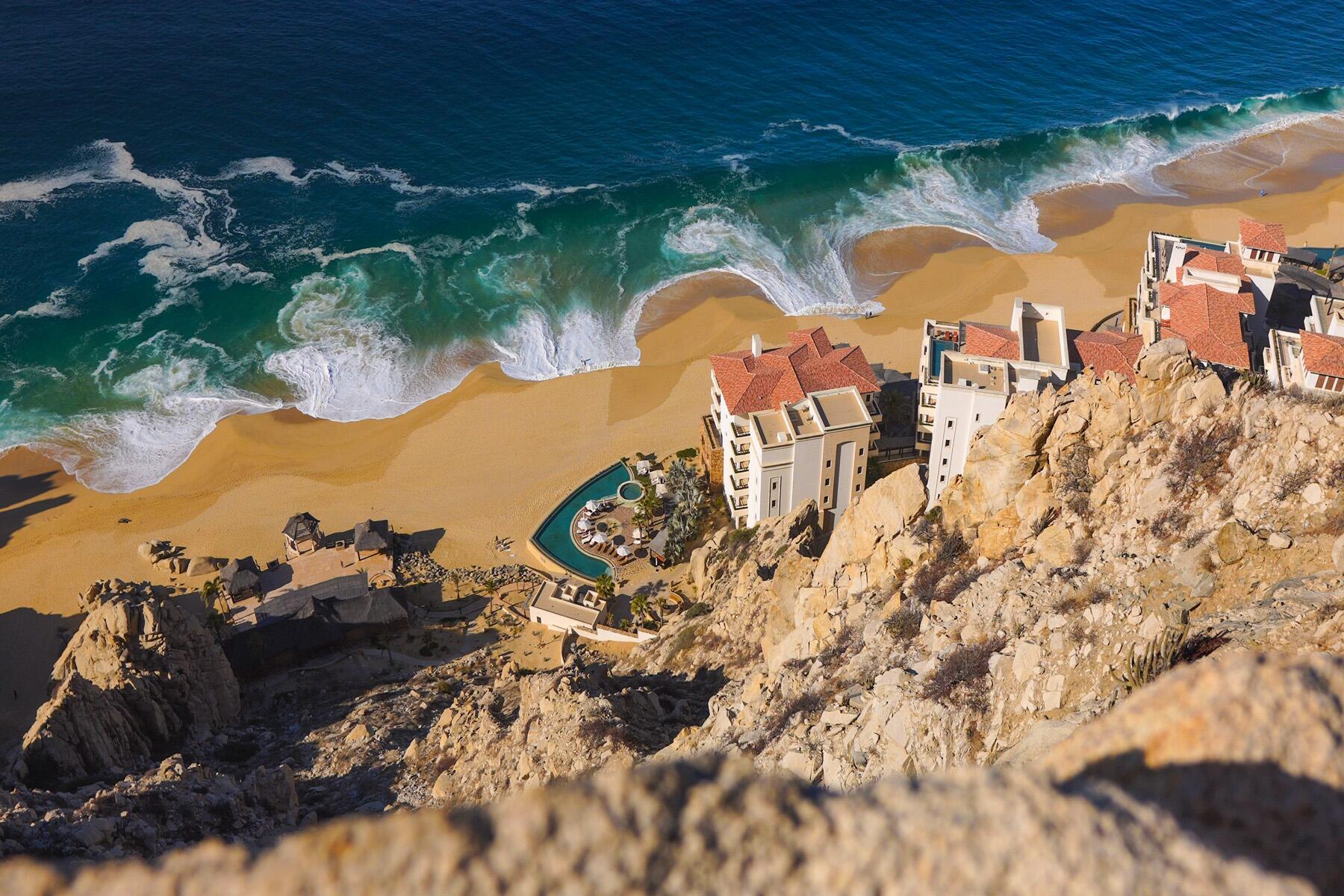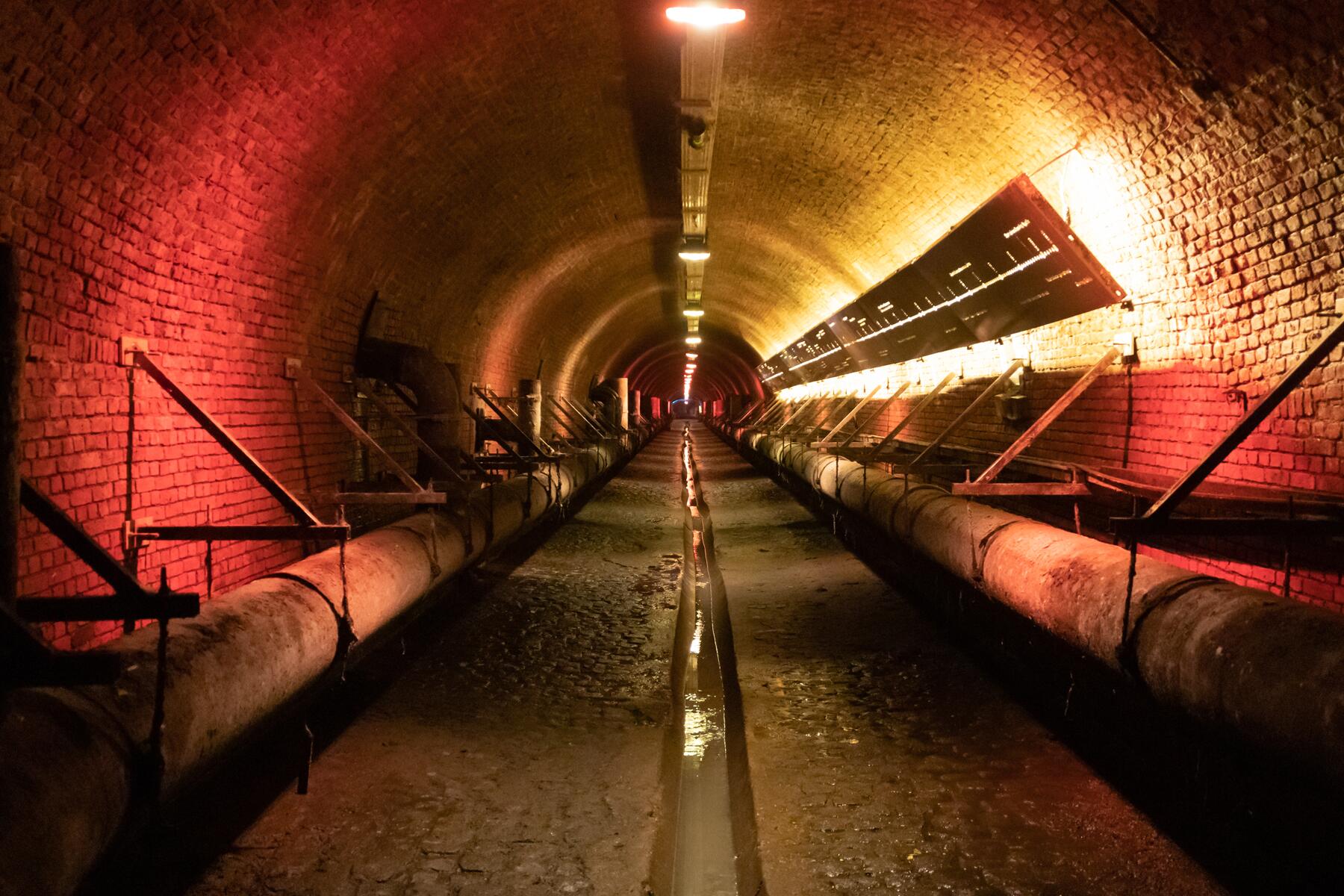In the age of coronavirus, traipsing through the sewers of a busy city seems like an unlikely tourist activity—except in Antwerp.
I’d been standing knee-deep in sludge for at least 30 minutes before I started to wonder if my travel writing career had gone down the pan. Who on earth thought it was a good idea to take a tour of a city’s sewers? (Full disclosure: It was me.)
I’d heard about those tours in Paris and Vienna—the tours where you take to the underground waste ways, now disused except as a tourist attraction, to learn about the destination’s social and cultural history. In Antwerp, that’s De Ruien, a subterranean network of canals that once sliced through the city just as they do in Amsterdam and Venice. Except Antwerp’s canals were more like open sewers, as by the 16th century the waterways had become unimaginably dirty thanks to the feces and wastewater that was dumped into them by the city’s growing population.
They were eventually covered over entirely in the 1800s, and today—or at least, until the global coronavirus pandemic—they were a popular tourist attraction garnering a respectable four-stars from reviewers on Google and TripAdvisor. But what future does it have now? In the new age of face masks, PPE, and general germaphobia, will people ever want to visit this filthy, underground, enclosed attraction?
Recommended Fodor’s Video
“This summer is going to be really important for domestic tourism,” Tanakorn Beullens, one of De Ruien’s managers, told me over video chat. “For us, summer is usually the low season because people are usually going on holiday. But we think because of the pandemic, we’ll probably get more visitors than normal.”
His outlook is surprisingly optimistic. Beullens sings the praises of the attraction’s historic worth and the pleasingly cool temperatures below ground—a welcome break from Europe’s current heatwave. But the experience isn’t for everyone, regardless of the coronavirus concerns. Even during my pre-pandemic visit, I was repulsed by so much of what I saw and smelled: the ominously jet-black water, the flash of a rat’s tail as it dived into the tar-like liquid, and the glittering red bricks that are cloaked in a blanket of shimmery spiders’ webs. The spiders in question are a tropical species, found only dark, humid places like the jungles of the Amazon or Borneo—and here, in the sweaty confines of city sewers.
Beullens sings the praises of the attraction’s historic worth and the pleasingly cool temperatures below ground—a welcome break from Europe’s current heatwave.
I wasn’t encouraged, either, by the wellington boots and full disposable bodysuit I had to don before I could get down and dirty in the sewer. But thinking back on it now, perhaps that makes this tourist attraction the most pandemic-friendly activity in Antwerp. Where else are you going to get handed full-body PPE before you enter?
Tour groups were already limited to the number of people that could fit in the boat—yes, you literally get to cruise along the wastewater like it’s a post-apocalyptic gondola ride—and the attraction’s most popular tour option, the video guide, means there’s no need to huddle around a single human to get the lowdown.
On my visit, it was all very 21st-century. We were issued personal iPads in military-grade cases which showed an interactive map of our route. We waded through shin-deep water and at each stop clicked to watch a video that explained what had happened there throughout history, and what was above us on the real streets of Antwerp. There were stories of secret passageways used by priests to either flee persecution or visit brothels (historians can’t agree), and tales of mass sickness and death that plagued those who drank the waters.
For the 90-minute tour, we were a group of 10 strangers, moving around in the dark, underground, staring at our screens—it was much like being on the tube in London. Except for the smell, of course.
When I spoke to Beullens, De Ruien’s admin team had just started taking new bookings, and interest had been positive so far. He said that over half of the customers who had their experience canceled due to the lockdown had rebooked for a later date, too. Alongside the coveralls provided, they’re also offering gloves, masks, and goggles for anyone who feels nervous. The sewers have also been certified as safe to explore by experts in virology.
It still seems to be a bit of a niche appeal, though. When I asked my modest Twitter following of travelers and fellow travel writers if they would visit such an attraction, there was a resounding “no” in the replies. Unsurprisingly, most people said the pandemic hasn’t changed their minds: There’s no way they’d have done something like this even before the coronavirus broke out.
Some said they’d do it, but only once the virus had fully passed: “Those dark underground places are the best place to catch it,” wrote one tweeter. So it seems the compulsory wearing of masks isn’t enough to convince everyone that these once-deadly sewers are now a safe place to explore, but as De Ruien starts to welcome new visitors from 30 June, just how popular it will remain to be seen.



